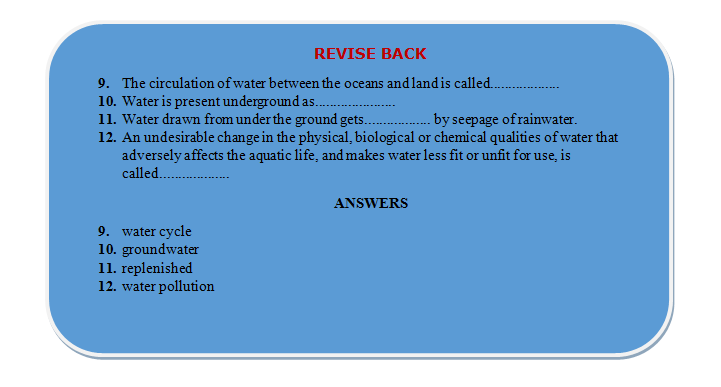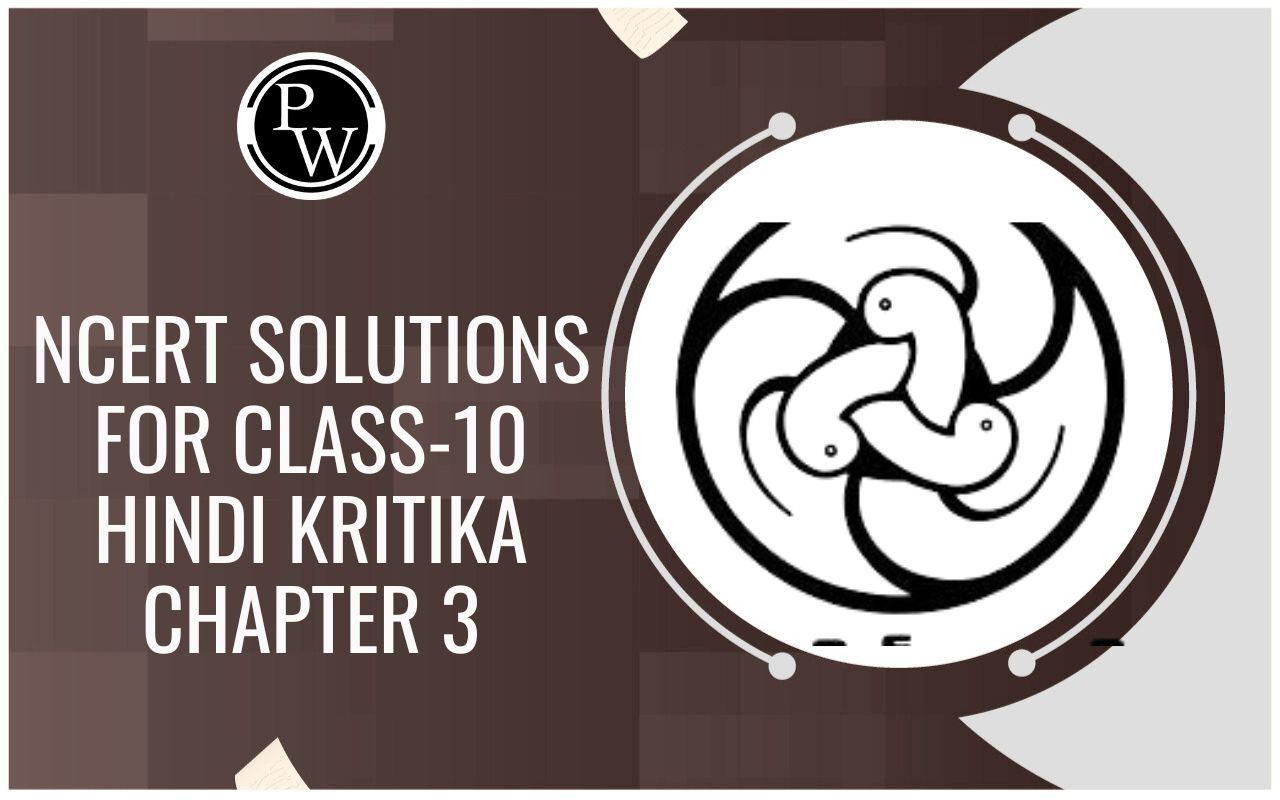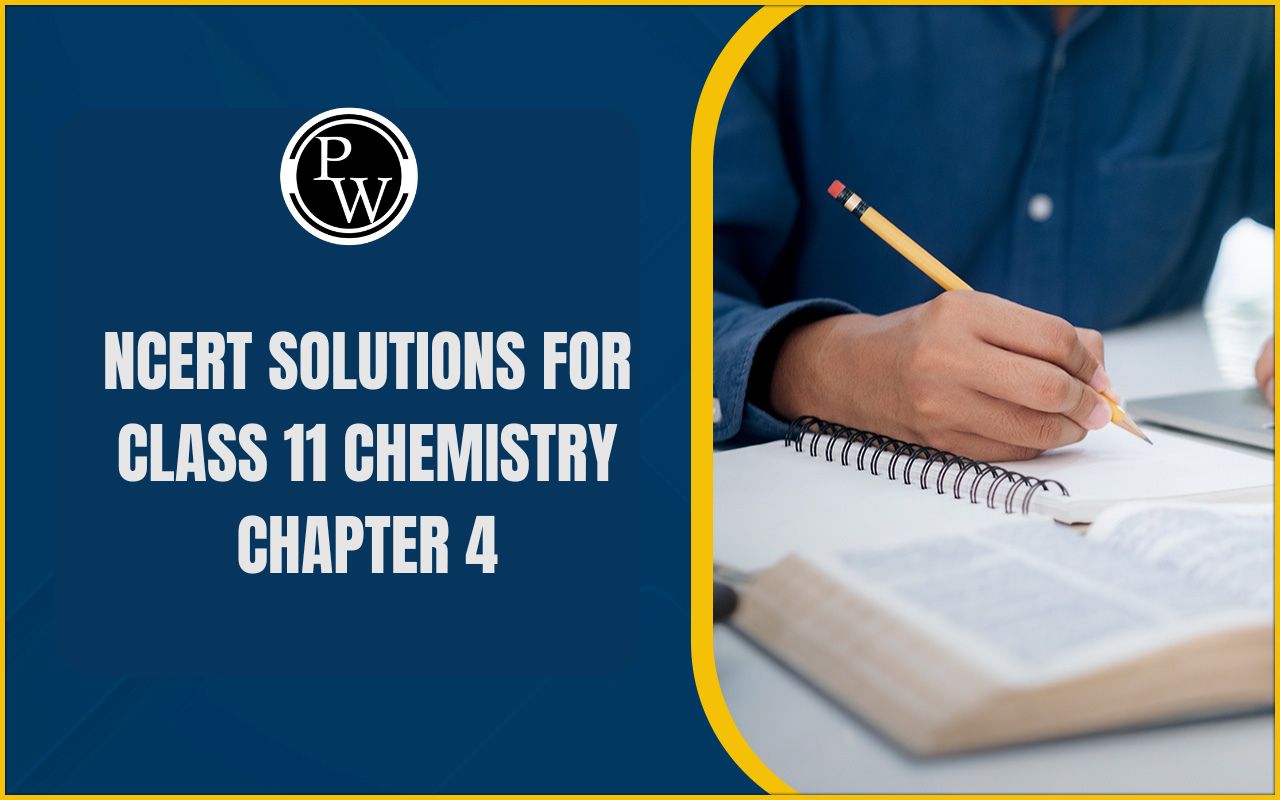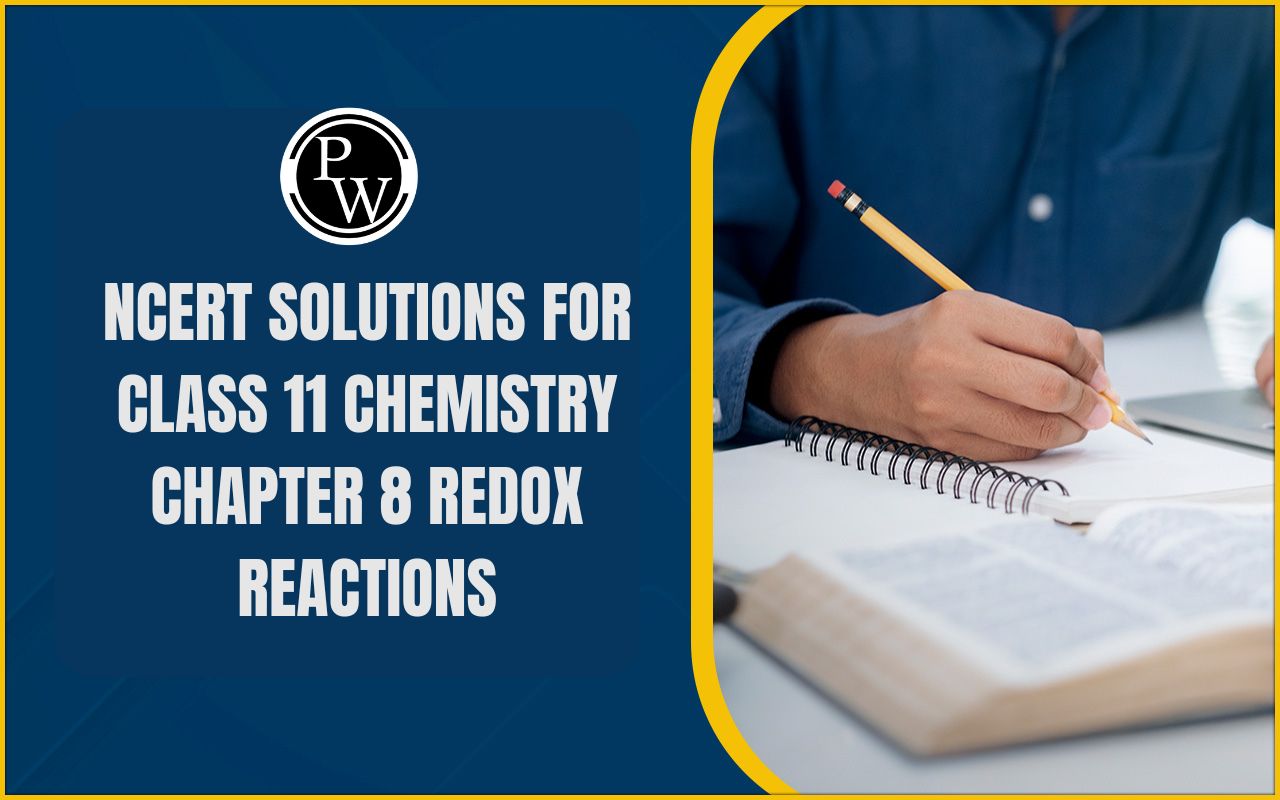
Water management
Water of Class 7
Water management is preventing wastage of water, using water carefully and recharging ground water.
Water management can be done by :-
- Repairing leaking pipes and taps.
- Not wasting water during brushing teeth, shaving, bathing, washing clothes and during other activities.
- Rainwater harvesting.
- By drip irrigation of plants.
WATER POLLUTION
An undesirable change in the physical, biological or chemical qualities of water that adversely affects the aquatic life, and makes water less fit or unfit for use, is called water pollution.
Sources of Water Pollution:
Pure water found in nature cannot retain its purity for a long period and sooner or later it becomes impure. Some of the major sources responsible for polluting water are as follows –
- Sewage: Sewage is a kind of fluid waste, which contains human excreta, waste water from bathrooms and kitchens, paper, pieces of clothes and other waste materials. In India sewage is generally allowed to flow towards nearby pond, lake or river and this causes heavy water pollution.
- Municipal waste: Municipal waste or city garbage includes waste from kitchen, papers, rags, old shoes, polythene bags, bottles, toothpaste tubes and many such things. Many times this waste is dumped in water bodies or the garbage is mixed to water sources along with rain water and this causes water pollution. Highly infected hospital waste also becomes the part of municipal waste in most of the cities and towns.
- Water pollution by animals, human beings and dead bodies: Animals found in villages, towns and cities like cows, buffaloes, dogs, pigs, etc., bathe in water sources and pollute them. Washing clothes in water sources, washing trucks, buses and other vehicles by human beings causes water pollution.
- Industrial effluents: Almost all industries use water in various processes. After its use water loaded with impurities is allowed to flow outside the industry's campus. This fluid is known as industrial effluent. This effluent reaches water sources and pollutes them. Industrial effluents contain many inorganic and organic pollutants, such as metals, oil, grease, plastic, phenol, toxins etc. Most of these are not easily degraded and thus cause heavy pollution in water bodies. Several metals like copper, chromium, zinc, cadmium, lead, mercury etc. are. toxic in nature and have fatal effects on animals and vegetation.
- Oil slick: Petroleum is one of the major pollutants which pollute sea water. Several countries of the world are producing petroleum and they send it to other countries through sea routes. Whenever an oil tanker meets with an accident, oil spreads over water surface and causes heavy water pollution.
Control of Water Pollution:
- Septic tanks should be used for each house.
- Rivers, lakes etc. should not be used for bathing and washing purposes.
- Too much use of pesticides which are not degradable should be avoided. These are highly toxic substances.
- Water reuse has a special significance in mining and similar industries where the wateravailability is less. These efforts will save the fresh water from being polluted.
- Waste water treatment techniques should be applied before the polluted water enters a river, lake or pool.

🔥 Trending Blogs
Talk to a counsellorHave doubts? Our support team will be happy to assist you!

Check out these Related Articles
Free Learning Resources
PW Books
Notes (Class 10-12)
PW Study Materials
Notes (Class 6-9)
Ncert Solutions
Govt Exams
Class 6th to 12th Online Courses
Govt Job Exams Courses
UPSC Coaching
Defence Exam Coaching
Gate Exam Coaching
Other Exams
Know about Physics Wallah
Physics Wallah is an Indian edtech platform that provides accessible & comprehensive learning experiences to students from Class 6th to postgraduate level. We also provide extensive NCERT solutions, sample paper, NEET, JEE Mains, BITSAT previous year papers & more such resources to students. Physics Wallah also caters to over 3.5 million registered students and over 78 lakh+ Youtube subscribers with 4.8 rating on its app.
We Stand Out because
We provide students with intensive courses with India’s qualified & experienced faculties & mentors. PW strives to make the learning experience comprehensive and accessible for students of all sections of society. We believe in empowering every single student who couldn't dream of a good career in engineering and medical field earlier.
Our Key Focus Areas
Physics Wallah's main focus is to make the learning experience as economical as possible for all students. With our affordable courses like Lakshya, Udaan and Arjuna and many others, we have been able to provide a platform for lakhs of aspirants. From providing Chemistry, Maths, Physics formula to giving e-books of eminent authors like RD Sharma, RS Aggarwal and Lakhmir Singh, PW focuses on every single student's need for preparation.
What Makes Us Different
Physics Wallah strives to develop a comprehensive pedagogical structure for students, where they get a state-of-the-art learning experience with study material and resources. Apart from catering students preparing for JEE Mains and NEET, PW also provides study material for each state board like Uttar Pradesh, Bihar, and others
Copyright © 2025 Physicswallah Limited All rights reserved.






